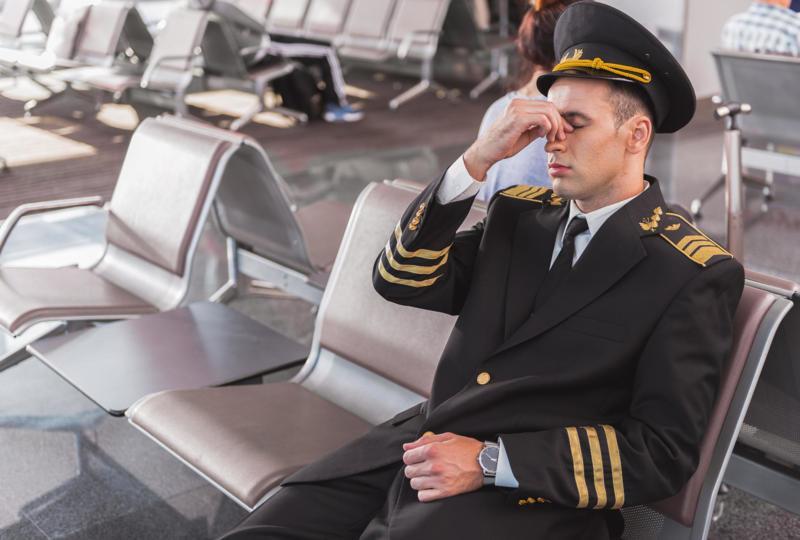How Often Are Airline Pilots Tested for Sleep Disorders
Pilot fatigue: One of the top reasons for plane crashes
There have been more than a few accidents caused by pilots with obstructive sleep apnea. In 2008, Mesa Airlines Flight 1002 both the captain and the first officer fell asleep during the flight, and the plane flew 26 miles past their island destination into the open ocean. The pilots did not respond to air traffic controllers for more than 18 minutes. When communications resumed, the three crew members and 40 passengers onboard arrived safely at their destination. The reason for the sleeping pilots was found to be severe OSA.
On October 21, Northwest Airlines Flight 188 with 149 people aboard underwent (in aviation language) “a loss of situational awareness” after the aircraft flew past its destination in Minneapolis by 150 miles. There was no contact with air traffic controllers for 78 minutes. A concerned flight attendant contacted the pilots by intercom and woke them up. Fortunately, the plane successfully turned around over Wisconsin and made it to their destination. The pilots said they were discussing airline policy, but it was thought by air traffic controllers and staff that they fell asleep at the controls.
In 1999, American Airlines Flight 1420 overshot the runway at the Little Rock National Airport, and eleven people were killed including the captain. The first officer and the flight attendants plus 105 passengers were injured. Weather or severe thunderstorms played a part in the crash, but the NTSB (National Transportation Safety Board) also determined that impaired performance resulting from fatigue was part of the airline crash.
The NTSB investigates accidents in all modes of transportation. They have found 34 accidents, 32 of which were fatal. Sleep apnea was a part of the pilot’s medical history, but fatigue was not listed as a contributing factor in those accidents. There are also an additional 294 incidents where some type of sleep disorder is disclosed in a pilot’s medical history.
